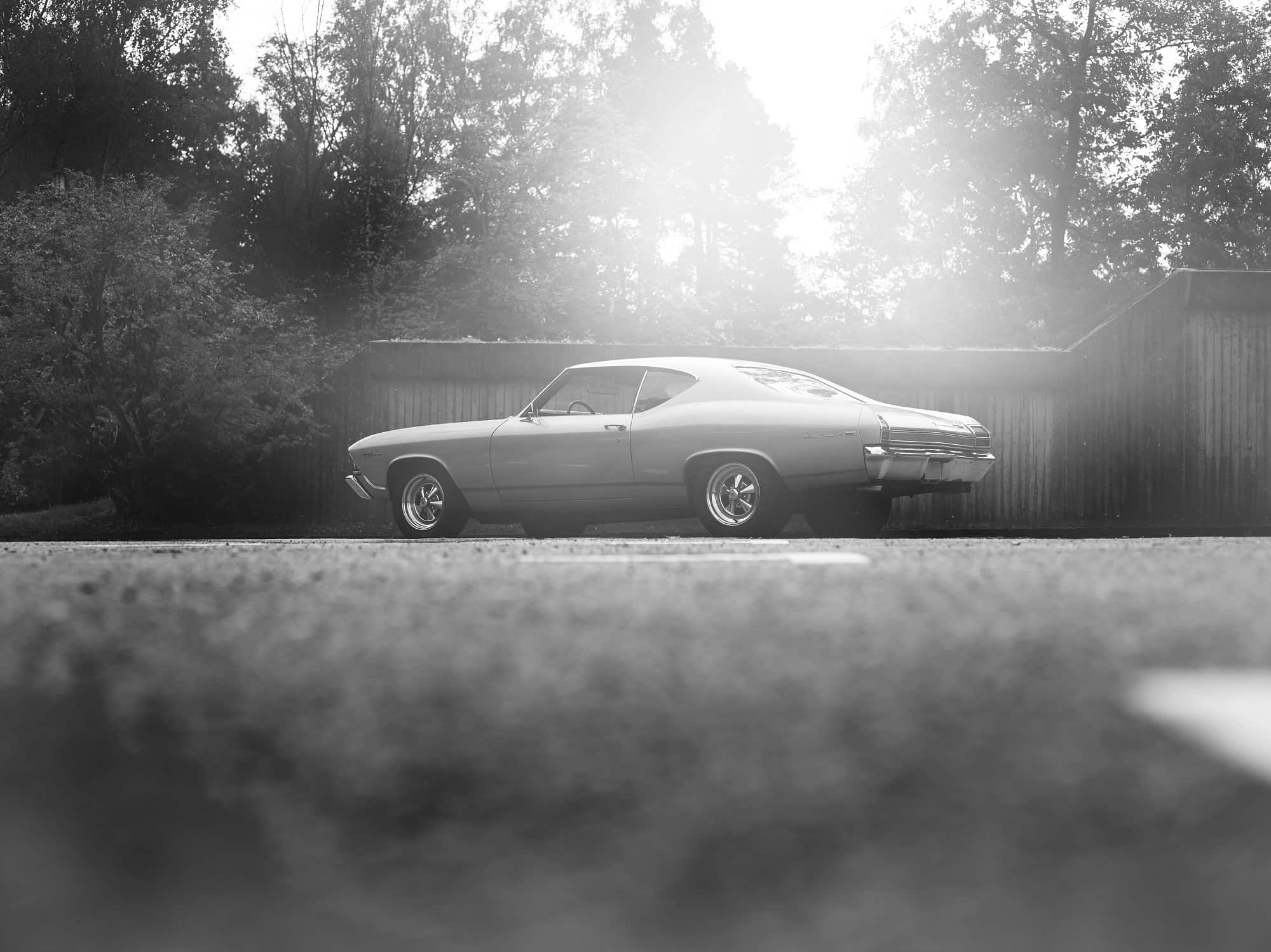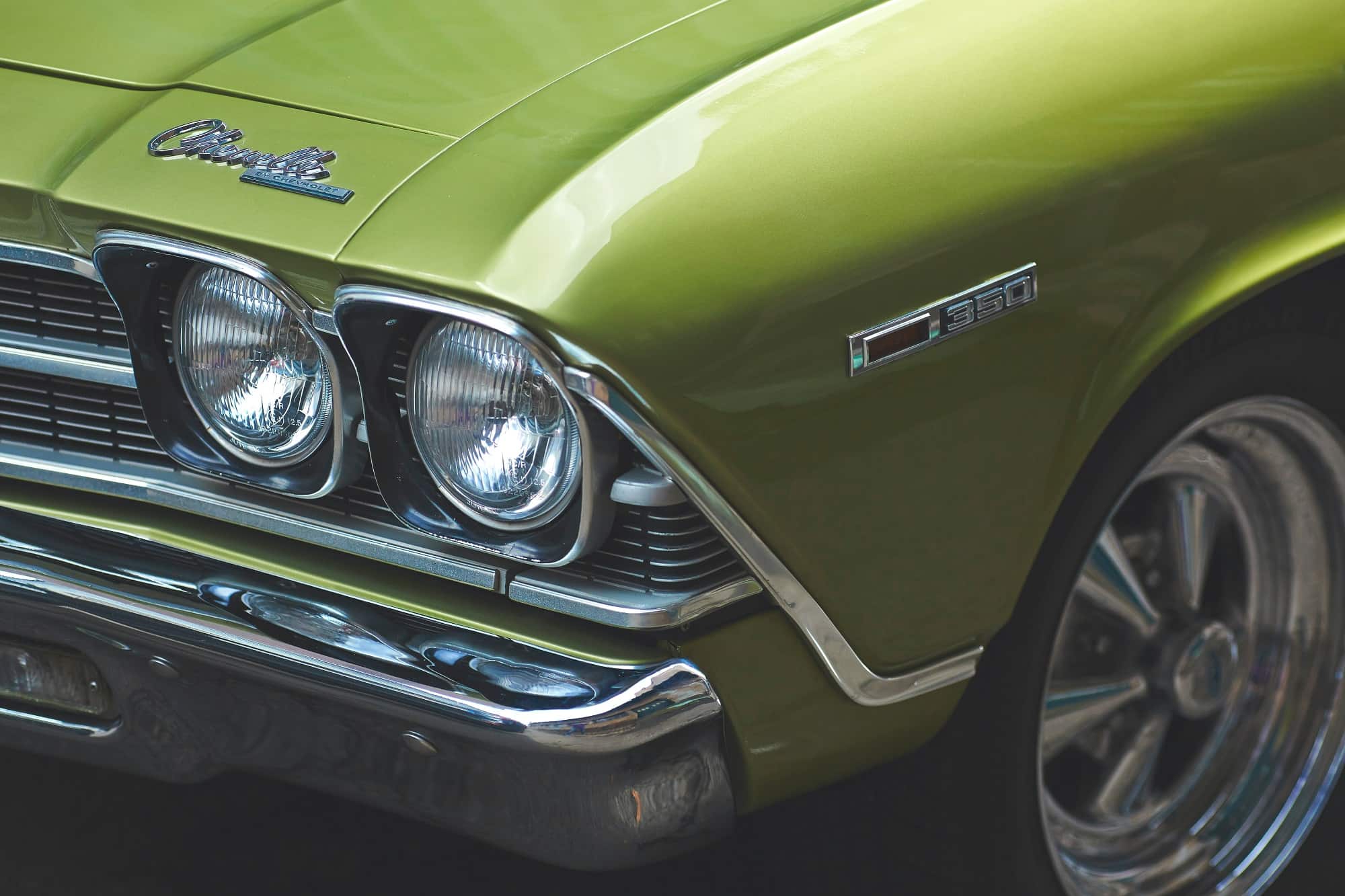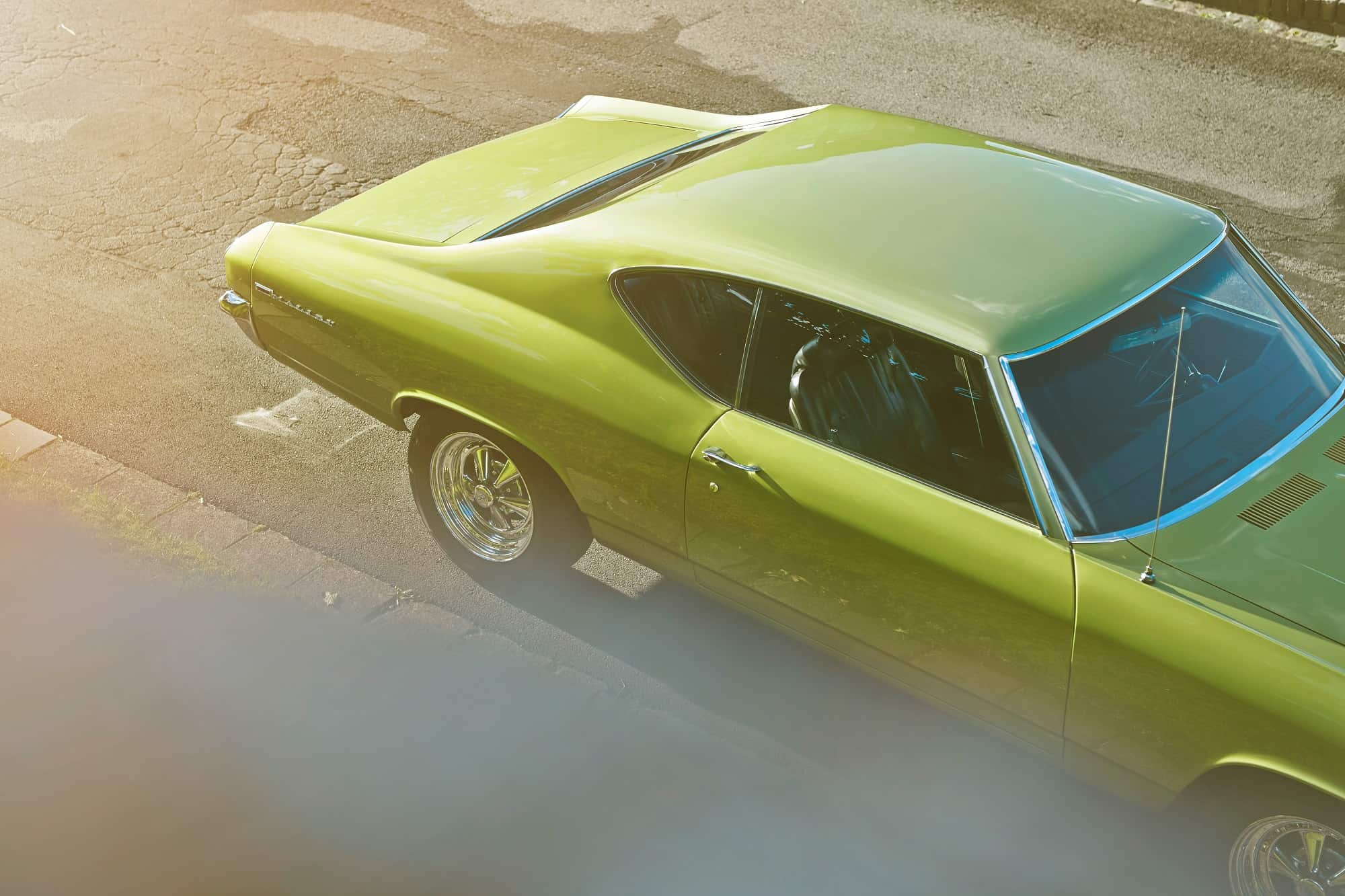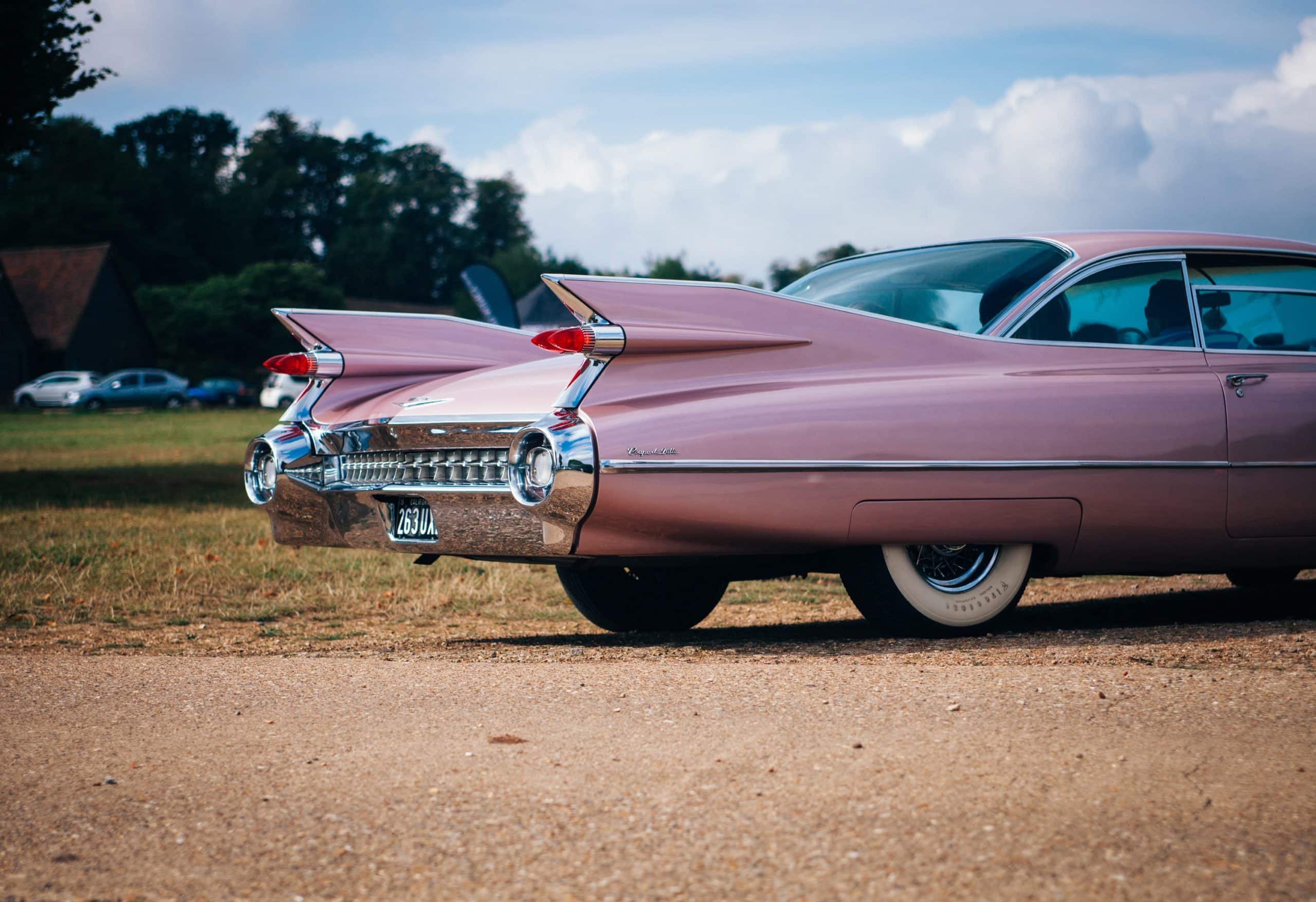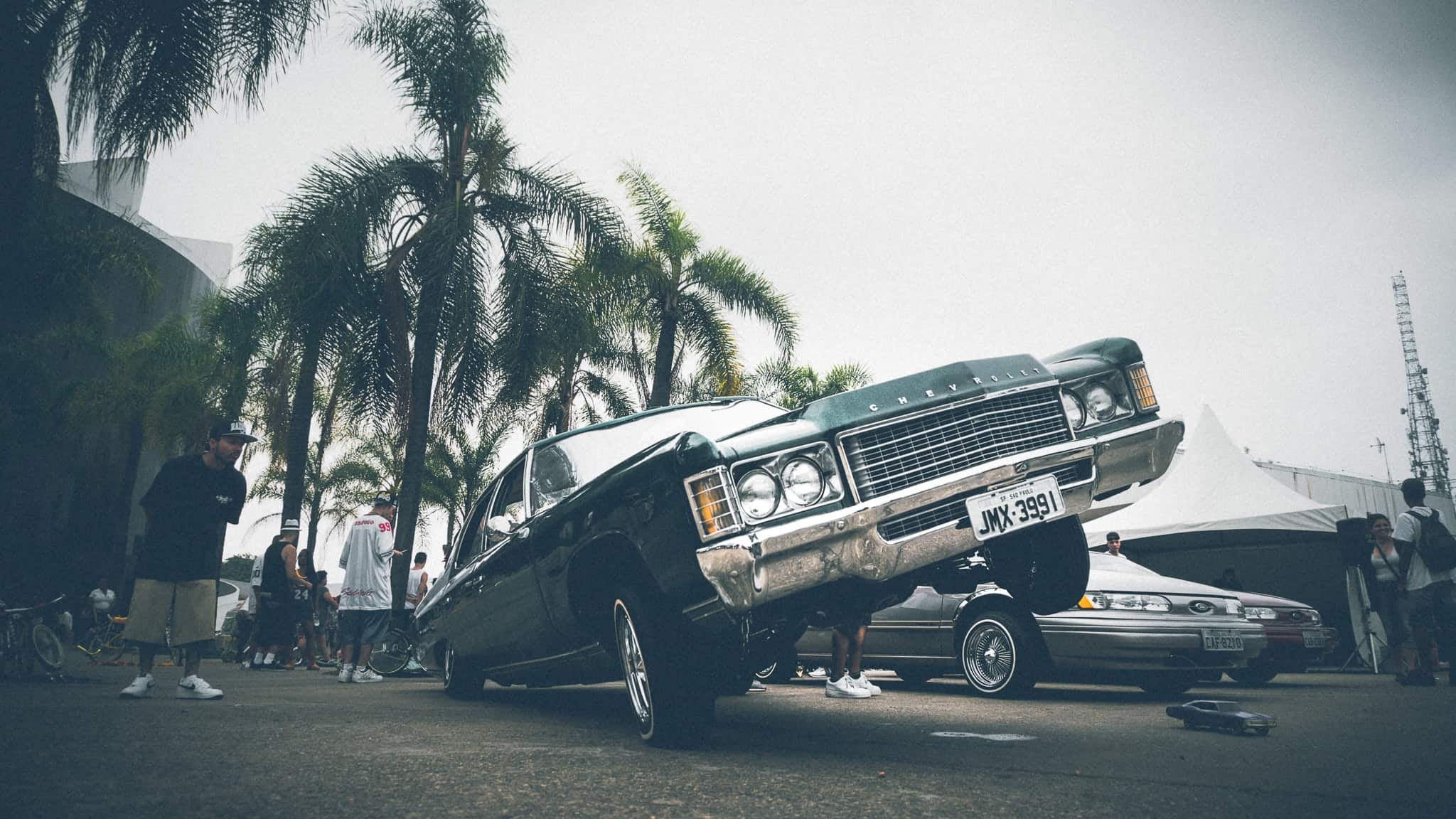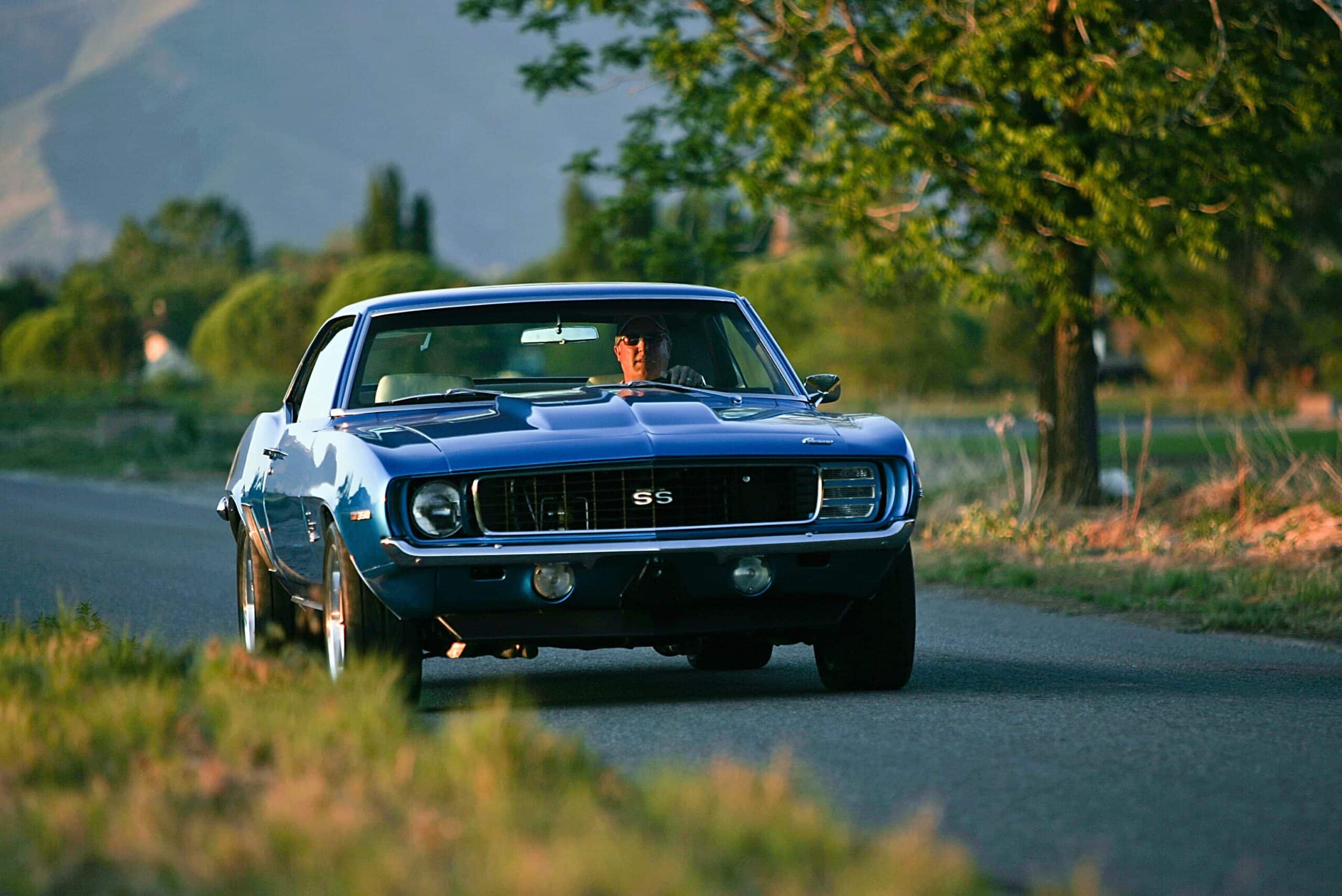
What ultimately makes the 2004R Transmission stand out among others is its sturdy construction, and this makes it an excellent choice.
When you see the 2004R Transmission today in salvage yards or many of its spare parts in auto part stores, it can be pretty difficult to recall that it was once the belle of the transmission universe.
Even though the 2004R Transmission was less known than the other popular General Motors overdrive transmission created in the 1980s, its popularity was undeniable. And it is now more than three decades since this exceptional Transmission was launched.
Besides, if you own a classic muscle car and want to upgrade its TH-350 3-speed or Powerglide 2-speed transmission, your best move would be to opt for the 2004R Transmission. This is not only because the latter is an excellent fit for the build but also the perfect Transmission to use if you want to upgrade your classic muscle car to improve your fuel economy and more punch.
The 2004R Transmission offers a lot of features, and that is what you will learn in the following paragraphs.
Introducing: The 2004R Transmission
The 2004R refers to the 4-speed automatic Transmission created by GM for the 1981 model year. It can be used efficiently in many General Motors passenger vehicles because it was fabricated with a Chevrolet and a B-O-P bell housing bolt structure. The automatic Transmission was produced with the Buick, Oldsmobile, and Pontiac patterns.
The 2004R automatic Transmission’s bell housing, driveshaft, and mechanical speedometer enable it to be an excellent fit for vintage automobiles. Besides, the 2004R Transmission’s torque capacity and sturdy build make it a much better – and advanced – non-electric overdrive transmission for classic vehicles for General Motors.
A Brief History
The 2004R Transmission was primarily designed as a continuation of the Turbo Hydramatic line of GM transmissions. This is an automatic overdrive that you will find in cars like the Buick Grand National and Pontiac Firebird Trans-Am, as well as in high-power GM trucks.
However, for some reasons highlighted much later on here, the production of the 2004R Transmission was suddenly discontinued in 1990. And a replacement, the 700R4 Transmission, came on the scene. The 4L60, as well as the 4L60-E, are iterations of the 700R4 Transmission.
The List of Vehicles Powered by the 2004R Transmission
General Motors used the 2004R automatic transmission to power several B-body, C-body, D-body, and G-body automobiles.
Some of the vehicles that came with the 2004R include:
- 1981-84 Buick Electra
- 1981-89 Cadillac Fleetwood
- 1981-90 Buick Estate Wagon
- 1981-89 Chevrolet Caprice
- 1982-83 Jaguar ZR W L6 220 3.6L S S
- 1983-87 Buick Regal
- 1983-89 Pontiac Parisienne, etc.
Differentiating the 2004R Transmission from Others
Differentiating the 2004R automatic Transmission from the 700R4, TH350, as well as other transmissions created by General Motors, is relatively easy.
To begin with, you can quickly locate the transmission identification of the 2004R on the plate positioned on the right side of the case, pointing towards the tail shaft. This plate bears a 2- or 3-letter transmission code printed in large alphabets.
Another way to readily identify the 2004R automatic Transmission is by counting the number of pan bolts. If it is up to 16, it is either 2004R or 700R4. A bit confusing, that’s for sure. But the size of the 2004R’s pan bolts tends to be smaller towards its end. In contrast, the 700R4 Transmission’s pan bolts maintain a perfect square all through.
It is also relatively easy to confuse the 2004R Transmission with the TH350 because they feature similar dimensions. However, the 2004R has 16 bolts on its square transmission pan, while the TH350 has 13 bolts.
The 2004R Transmission: Specs
Here is the basic information/specifications of the 2004R automatic Transmission
- Manufacturer: General Motors (GM)
- Production Year: From 1981 to 1990
- Overdrive: Yes
- Computer-controlled: No. It is controlled by a lock-up torque converter and TV cable.
- Outer Case Material: Aluminum, expertly fused with bell housing
- Weight: 118 pounds when devoid of the ATF or torque converter
- Type: 3-speed automatic
- Fluid Capacity: 11 quarts
- Speedometer Type: Mechanical
- Torque Converter Lock: Yes
- Pan Bolts: 13mm heads
- First Gear Ratio: 2.74:1
- Second Gear Ratio: 1.57:1
- Third Gear Ratio: 1
- Fourth Gear Ratio: 67.10.67:1
- Reverse Gear Ratio: 2.07:1
- Case Length: 27 11/16 inches
2004R vs. 7004R vs. TH350 Transmissions
If you want to, you can compare the 2004R Transmission with the 700R4 and TH350, the two other overdrive transmissions created in the 1980s.
First of all, the 2004R transmissions share remarkable similarities with the 700R4, despite being a much weaker variant of the 2004R/700 couplet. It must be mentioned that since the 2004R Transmission was created towards the end of the vibrant production year, it is still much better than the early 700R4.
It should also be pointed out that the 2004R Transmission was not deliberately designed to equilibrize or complement the 700R4 because they accomplish similar functionalities.
However, the 2004R Transmission fits quite well within the engine bays of existing ways in many ways that the 700R4 could not. But then again, the 700R4 shares the same bell housing bolt pattern and dimension as the TH350. And this singular factor made the transmissions interchangeable in automobiles exclusively designed for the TH350 Transmission in mind.
This implies that most classic vehicles initially made to use the TH350 3-speed Transmission can swap easily to the 2004R Transmission without the need for major or significant modifications. For example, there is zero need to reduce the original driveshaft.
The 2004R Transmission: Problems
No matter how perfect a transmission system is, it will still have a few drawbacks worth mentioning.
For instance, one of the problems associated with the 2004R Transmission is its inability to go into gear when needed. The 2004R Transmission gives cause for complaint by failing to go into gear despite the proper hooking up of the linkage.
Moreover, the Transmission may fail to respond as it undergoes a test in which you try to shift it through every gear, i.e., R/D/3/2/1. Nevertheless, you can check out the fluid level by using the dipstick to see whether or not there is enough fluid within the torque converter.
Another factor you need to bear in mind is that you need to make sure the pump transmits fluid and the shifter mechanism is in excellent working condition. When using the 2004R Transmission, slipping could occur, and this may cause it to give off a signal that your vehicle needs to undergo maintenance.
Slipping is commonly evident in delayed or slow acceleration, strange smells, or even hard shifting. Ensure the fluid level is not too low and that the valve moves forwards and backward smoothly without restraint.
Conclusion
As you can see, the 2004R Transmission may have been replaced with newer or more modern transmissions. Still, it was instrumental in its heydays, especially when installation space was a significant factor that couldn’t be joked with.
This transmission was a great fit in automobiles that formerly used the TH350 Transmission, and the need for major modifications was eliminated. Moreover, many vehicles used the 2004R Transmission, including Cadillac, Buick, and Chevrolet.
But what ultimately makes this Transmission stand out among others is its sturdy construction, and this makes it an excellent choice if you decide one day to upgrade your old-school muscle vehicle.
